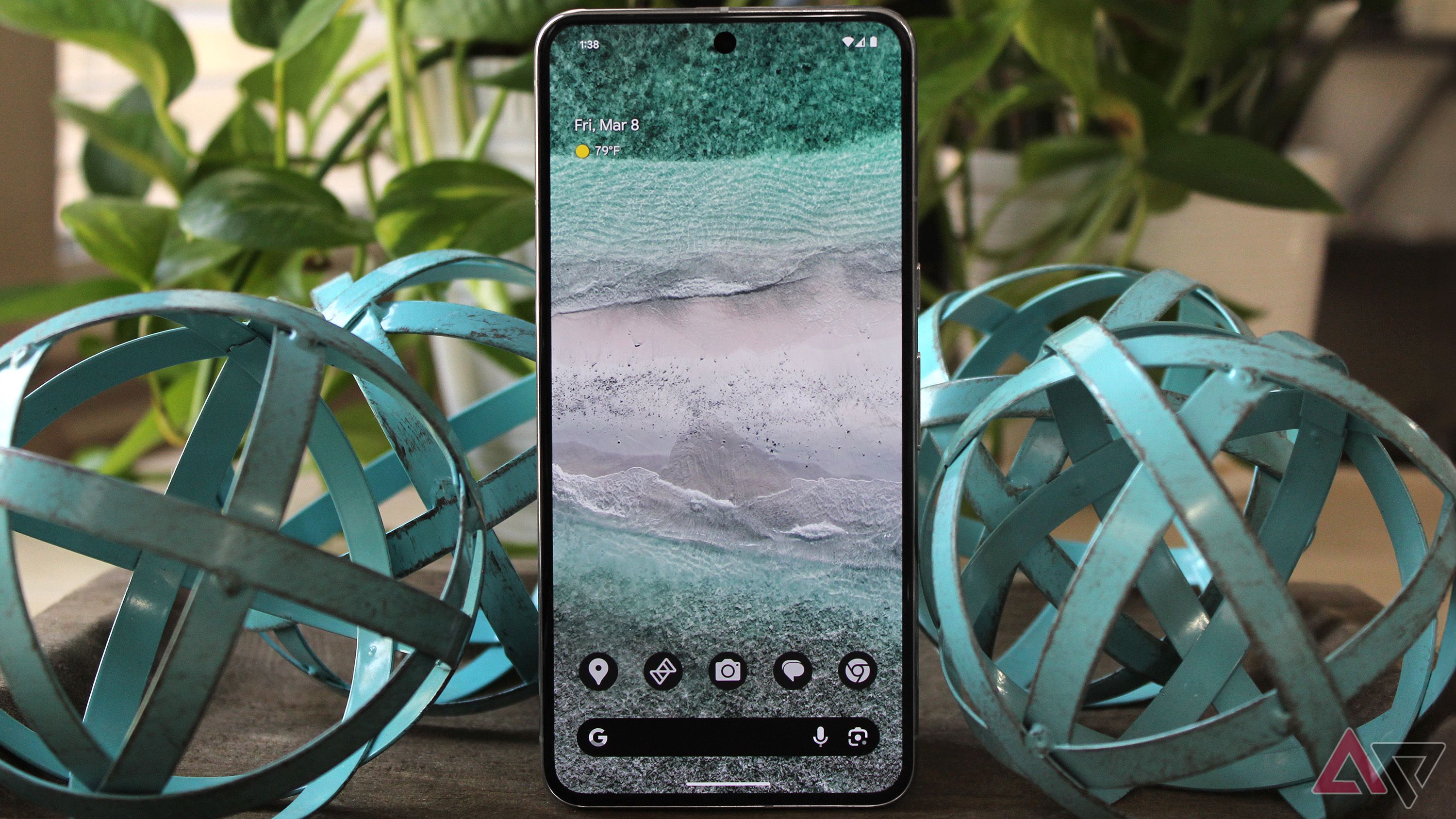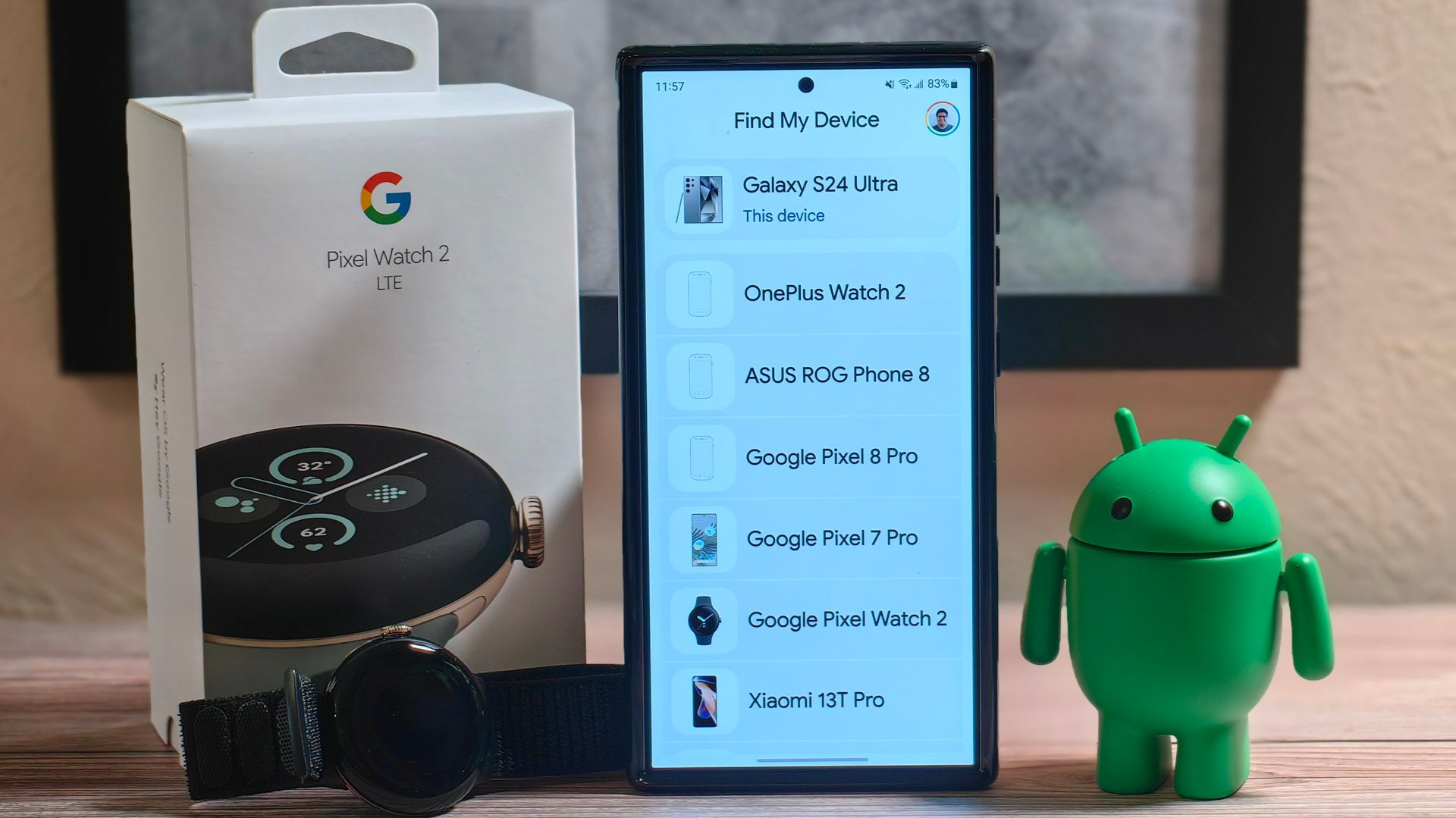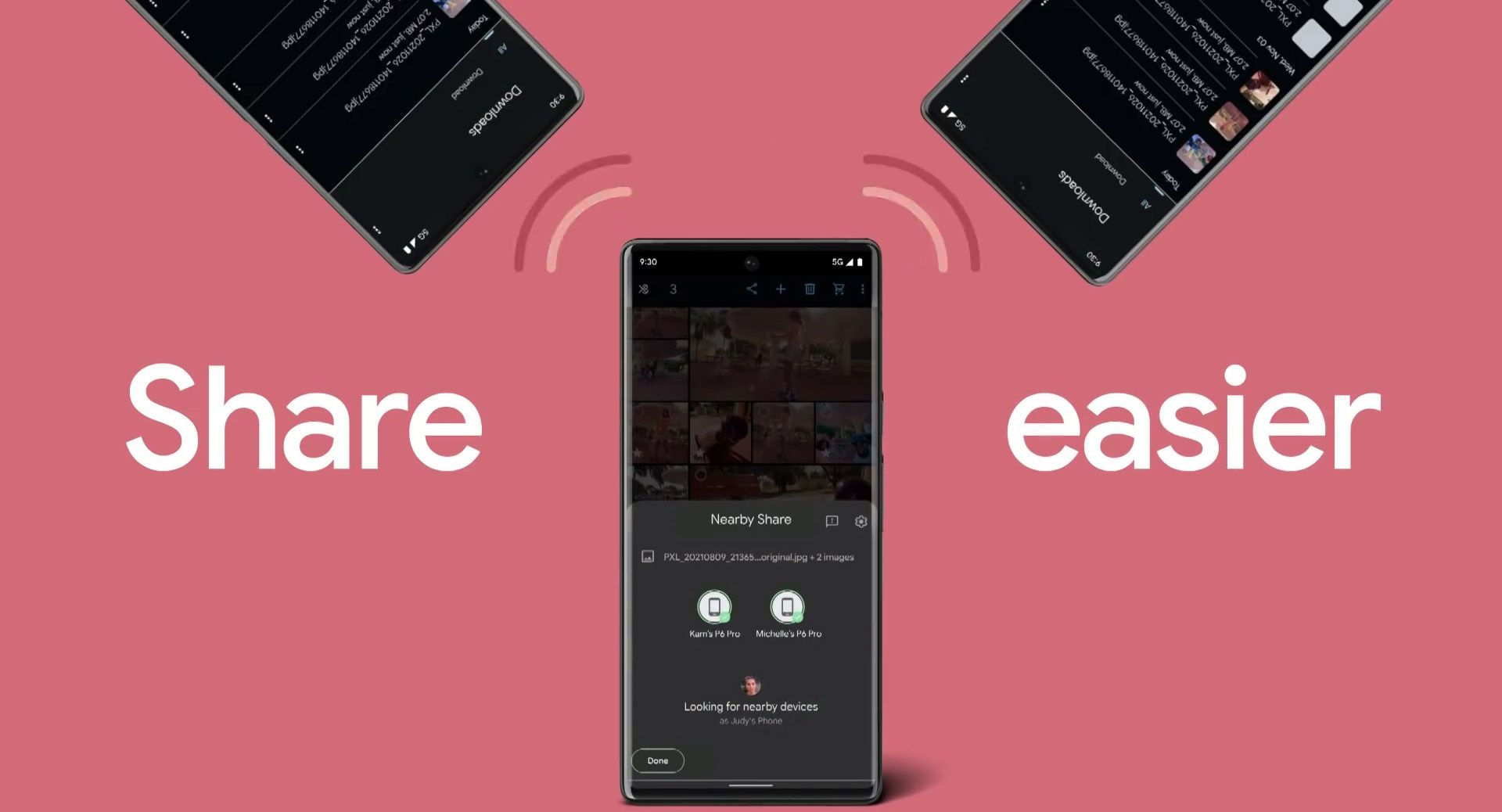Ultra-Wideband, or UWB for short, has been around for a few years, and it’s often advertised as a location tracker for smart tags. The technology lets users trace objects with high precision and accuracy, offering benefits that would otherwise not be available and achievable with other technologies like Bluetooth and Wi-Fi.
However, there’s a significant hurdle. Despite its numerous benefits and advanced use cases, support for UWB is surprisingly scarce. Many manufacturers overlook it in their devices, and as of 2024, most OEMs have yet to embrace the technology in their flagship models. Of course, Samsung and Google are among the few exceptions.
What is ultra-wideband (UWB)?
Ultra-wideband (UWB) is a short-range wireless communication protocol. It operates at a higher and larger frequency bandwidth without interfering with existing protocols (Bluetooth or Wi-Fi). The standard enables supported objects to determine their precise location within a few centimeters and can operate over longer distances, making it a more viable alternative for tracking things.
Benefits of using UWB
There are many, yet it’s still underutilized
There are many benefits of using ultra-wideband on smartphones. It can be used for many tasks, making it easier to track objects, including bags, pets, and wallets. It also enables you to use smart home products and even provides keyless car entry.
In its current state, UWB is primarily used for location tracking, and while some companies have incorporated a few handy features, they’re remarkably underutilized. Not a single manufacturer uses it to its full potential, and implementation-wise, it’s still in its early days, only available on a few select top-of-the-line flagships – and even some premium devices lack the feature altogether.

How to enable ultra-wideband (UWB) on your Android phone
Manage your car, smart home devices, and precisely locate lost items by using UWB on Android
Imagine a world where UWB is present in most smartphones, regardless of cost. Once it’s incorporated, it’ll make life easier; whether you want to unlock your car, a hotel room, or even your apartment, all that can be done using a verified device. There are near-endless possibilities with this tech, so there’s potential for something unique, useful, and cool. It just needs to be included in more devices to enable developers and services to take advantage.
When will UWB become more mainstream?
No one knows, but one can hope it happens soon enough
Samsung has included UWB in most of its flagship devices, starting with the Galaxy Note 20 and the latest Galaxy S24 series. Google also includes UWB in its devices, dating back to the Pixel 6 series. It’s hard to predict when or if UWB will ever take off, but if these two OEMs are anything to go by, we could see it being adopted in the coming years in even more devices. Case in point, Motorola’s new Edge 50 Ultra comes with UWB support.
There’s also a chance we could finally see the technology trickle down to more affordable midrangers, and potentially even lower-end, budget devices. The move would be significant, enabling millions of users worldwide to accurately and precisely locate their items, likely relying on the Find My Network.

Google finally launches its Find My Device network
The company cites privacy and security concerns as the cause of the delay
Of course, we could also see even more unique use cases, opening the possibility to take advantage of the tech to make using accessories and other everyday objects easier and simpler.
We’ve already seen that the Find My Network will allow users to track their wireless headphones and earbuds. For instance, Apple already uses the UWB chip in its Homepod smart speaker. iPhone users can tap their device to the speaker and transfer and play music without requiring any other interaction.
Source link


